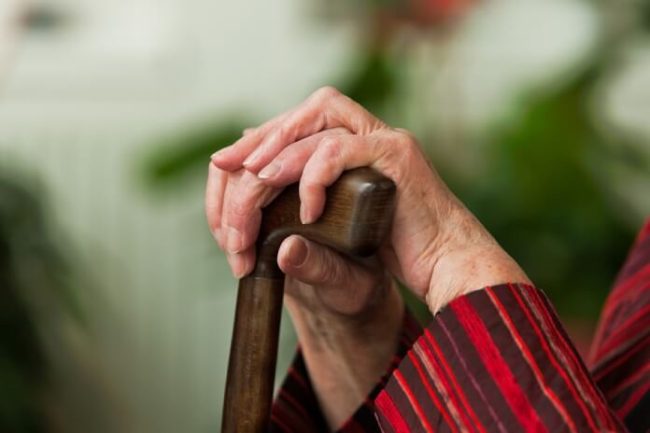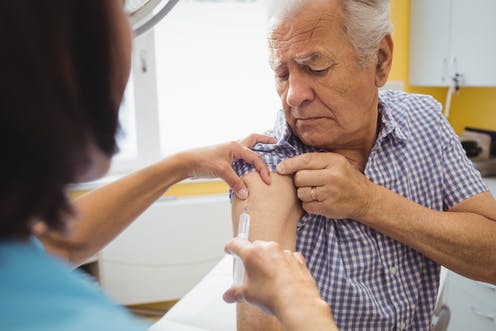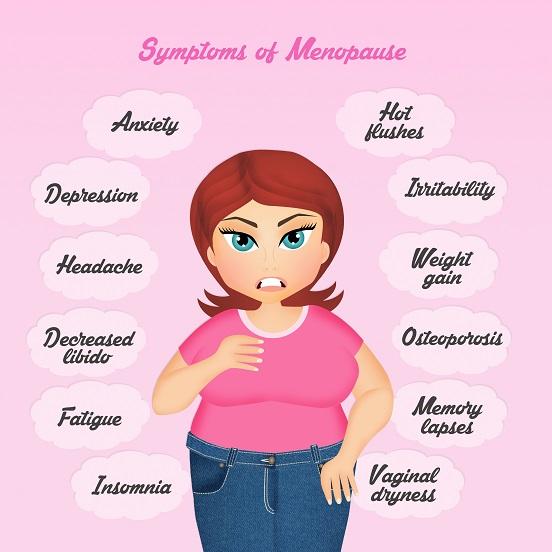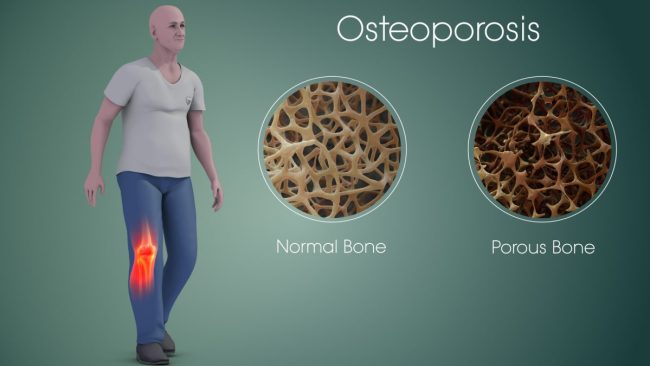LASI survey : 75 million elderly Indians suffer from multiple chronic diseases
The Longitudinal Aging Study in India (LASI) is a groundbreaking nationally-representative, longitudinal survey to examine aging and retirement among India’s 45+ population. It is a joint undertaking of the Harvard T.H. Chan School of Public Health, the International Institute for Population Sciences (IIPS) in Mumbai, India, and the University of Southern California. The study was…









